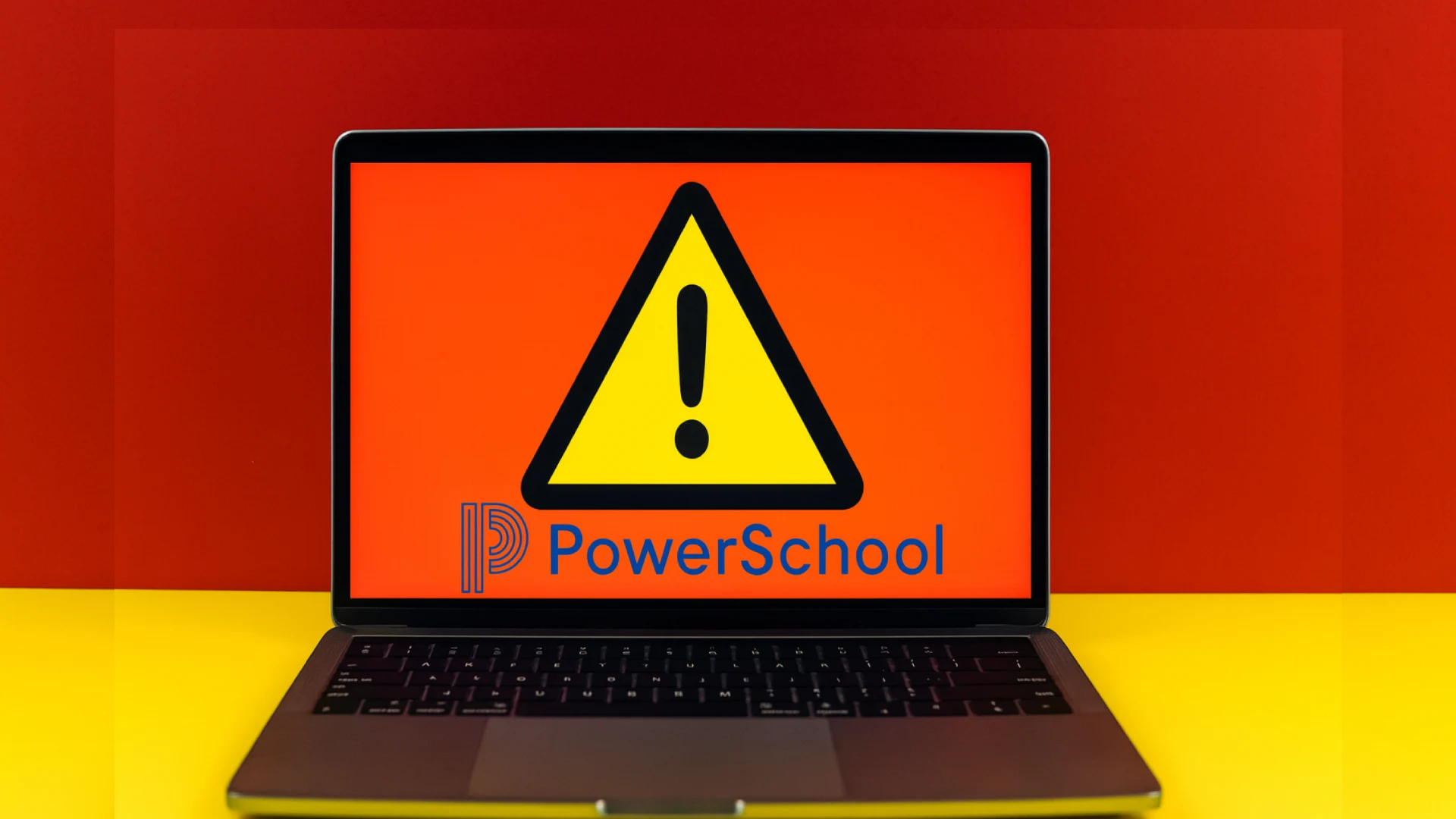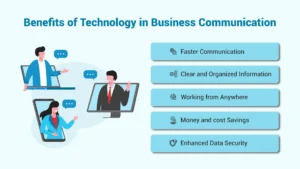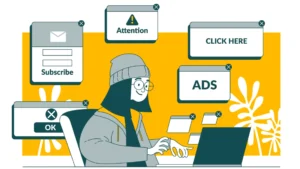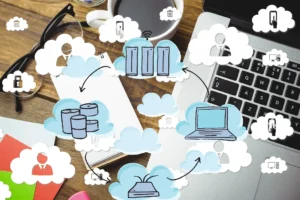The PowerSchool Data Breach. At first glance, it might seem like just another tech headline in a year full of them. Another breach, another system failure. But this one feels different. This one hits where it matters: schools. Classrooms. Student records. The kind of personal data that shouldn’t ever be floating around, yet here we are.
It’s not just about numbers or systems going down. It’s about names, birthdates, contact information, maybe even Social Security numbers, tied to real people. Kids, educators, parents. The very heart of a school community. And unlike a retail data breach or a leaked email list, this one cuts into something far more personal.
What makes it harder is how scattered the response has been. Some districts have come forward quickly. Others, not so much. So while the breach technically happened in one place, PowerSchool’s infrastructure, the ripple effect is everywhere.
If you’re a parent trying to understand what this means for your child, or a teacher wondering what steps to take, you’re in the right place. Let’s break it down. No hype, no scare tactics, just a clear look at what went wrong, who’s affected, and what you can do about it. Because ignoring it? That’s not really an option.
Quick Facts of this Article
If you’re short on time, here’s a breakdown of the essential facts surrounding the PowerSchool CMS breach, the larger PowerSchool hack, and the growing concerns over its security:
- Date of Discovery: December 28, 2024
PowerSchool confirmed it had identified unauthorized access to its systems. The breach had reportedly begun earlier, but it wasn’t until this date that the issue was publicly acknowledged and investigation efforts began in earnest. - Estimated People Affected: Approximately 62.5 million students and 9.5 million teachers
This is based on claims made by the attackers. It includes individuals across thousands of school districts in the U.S. and Canada, though actual exposure may vary greatly from district to district. - Types of Data Exposed: Names, birthdates, home addresses, phone numbers, email addresses, student ID numbers, and in some cases, Social Security numbers and sensitive medical or special education information.
- Ransom Status: A ransom was reportedly paid to the hackers. They claimed the stolen data was deleted, though there’s no independent verification of that claim.
- Current Status: PowerSchool has started notifying impacted districts. Some schools have shared details with families; others are still reviewing what was accessed.
While some districts have confirmed they were affected, others claim no impact, or simply haven’t finished their investigations yet. The scope is broad, and the full picture is still unfolding.
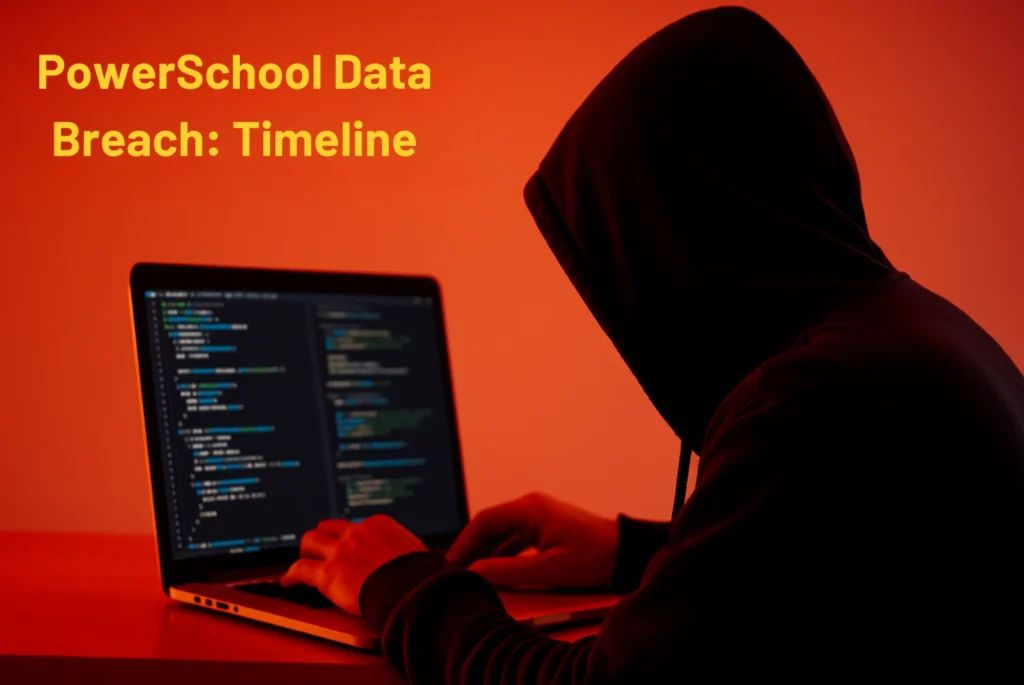
Timeline: How the Incident Unfolded
This wasn’t a one-click mistake. The PowerSchool cybersecurity incident developed over time.
Around mid-December 2024, attackers gained unauthorized access through what appears to have been a compromised support account. They quietly pulled information from PowerSchool’s systems, data that had been entered by districts across the U.S. and Canada.
It wasn’t until December 28 that PowerSchool officially detected and confirmed the breach. Within days, the company began notifying school districts. Some responded swiftly, publishing statements and reaching out to families. Others? Not so much.
By January 2025, some schools were still asking “When is PowerSchool going back up?”, even though the platform itself hadn’t fully gone offline. What had gone missing, really, was clarity. Communication varied widely depending on district leadership.
Some schools received direct extortion messages from hackers. Others learned about the breach through news reports. And across the board, families were left asking the same thing: was our data part of it?
What Data Was Exposed and Who is Affected
Was PowerSchool hacked? Yes. Is it still down? Not exactly, but the real concern isn’t whether the platform loads. It’s what got taken and how it might be used.
The exposed data varied widely depending on how each district used PowerSchool. Some stored minimal records. Others used it for everything from attendance to special education planning.
Potentially Exposed Information:
- Full names of students and staff
- Dates of birth
- Email addresses and phone numbers
- Parent/guardian contact info
- Home addresses
- Student ID numbers
- Grade levels and bus stop numbers
- Some Social Security numbers (in certain districts)
- In some cases: Medical alerts or special education flags
- Mental health or behavior notes (in rare instances)
The PowerSchool data breach affected schools in both the U.S. and Canada, including major districts in New York, California, and Virginia. One district in Alaska reported thousands of student records accessed, including Social Security numbers.
But here’s the thing: the extent of exposure varies by district. Not every school used the same features. Not every student had the same data stored.
If you’re wondering about your child’s situation, the best move is to check your district’s official notice, or call them directly.

What Parents and Teachers Should Do Right Now (Step-by-Step Checklist)
Whether your school has confirmed its involvement or not, here’s a practical, no-fuss checklist. These steps can help protect your family’s information and reduce the risk of identity theft.
- Check your district’s website or inbox for any official notice. If you haven’t received one, don’t assume you’re safe—reach out to your school.
- Change passwords on all school-related accounts, including PowerSchool portals and connected services. Use strong, unique passwords.
- Turn on multi-factor authentication (MFA) wherever it’s available. It’s one of the simplest, most effective ways to block unauthorized logins.
- Search your email on HaveIBeenPwned.com. It’s a free tool that tells you if your email has appeared in known data leaks.
- Set up a fraud alert or freeze your credit. If your Social Security number was involved—or you suspect it might have been—take action with the major credit bureaus. A fraud alert is a good starting point.
- Monitor your bank, credit card, and other financial accounts for strange activity. Keep an eye out for new accounts or small test charges.
- Be alert to scam emails pretending to be from your school or PowerSchool. Phishing attempts often spike after big breaches. Some scammers pose as IT support or school administrators. One common trick is impersonating Microsoft support. If you’re unfamiliar, here’s a quick heads-up: Warn your people about this Microsoft phone scam.
- Understand how hackers work. Knowing the strategies they use—credential stuffing, social engineering, spoofing—makes you better prepared. A quick read of Top Tricks Cybercriminals Use to Hack Your Computer Network is surprisingly eye-opening.
- Ask your district if they’re offering identity protection. Some are providing credit monitoring or fraud insurance to affected families.
- Document everything. Keep copies of emails, notifications, or screenshots related to the breach. You may need them down the line.
Local Impact of the PowerSchool Data Breach
Not all schools were equally affected, but the breach crossed state lines, and even international borders.
Some districts responded swiftly with notices and FAQs. Others remained quiet or delayed any acknowledgment.
Here are a few districts that have confirmed impact and provided public updates:
School District | Breach Info Page |
Burke County Schools (NC) | powerschool.burke.k12.nc.us |
Westerly Public Schools (RI) | wpsri.org |
Salinas City Elementary (CA) | salinascityesd.org |
Grand County Schools (CO) | grandschools.org |
If your school isn’t on this list, that doesn’t mean you’re in the clear. More schools continue to come forward weekly. Search your school’s name with “PowerSchool data breach” to find updates, or contact your superintendent’s office.
Frequently Asked Questions
Was every student affected?
Was my child’s Social Security number taken?
Can I still use the PowerSchool portal safely?
Has any of the data been posted online?
Why hasn’t my school said anything?
What risks are we facing?
Are schools updating their systems to prevent this?
Sources and Official Notices
In the end, the PowerSchool Data Breach isn’t just about exposed records, it’s about broken trust. It raises uncomfortable questions about how much data schools collect, how securely it’s stored, and whether families are truly informed when things go wrong.
Some districts responded quickly, posting clear updates and offering support. Others were slower, leaving parents to piece together information on their own. PowerSchool has issued an official statement, and many school systems, including Burke County Public Schools, Salinas City Elementary, Westerly Public Schools, and Grand County School District, have created resource pages to help affected families understand what happened.
Whether your district confirmed its involvement or hasn’t said much at all, now is a smart time to re-evaluate how your data is handled, and how fast your school acts when a breach occurs. Transparency and urgency should be non-negotiable.
For ongoing protection, stay informed through trusted sources like Stay Safe Online, and explore your district’s security policy. You can also follow updates directly from PowerSchool’s security page.
The PowerSchool Data Breach might fade from the news cycle, but its impact will linger. Let it serve as a turning point. Because the next breach may not be bigger, just closer to home.
Author
-
Jay S. Allen, MCP, MCSA, MCSE, MCSE+ Security, is an experienced IT professional with more than 20 years in the industry. He specializes in delivering enterprise-level cybersecurity and IT support solutions tailored to small and mid-sized businesses. Through Techno Advantage, Jay is dedicated to helping organizations strengthen their security posture and achieve greater efficiency through smart, scalable technology solutions.


